- News
- Reviews
- Bikes
- Accessories
- Accessories - misc
- Computer mounts
- Bags
- Bar ends
- Bike bags & cases
- Bottle cages
- Bottles
- Cameras
- Car racks
- Child seats
- Computers
- Glasses
- GPS units
- Helmets
- Lights - front
- Lights - rear
- Lights - sets
- Locks
- Mirrors
- Mudguards
- Racks
- Pumps & CO2 inflators
- Puncture kits
- Reflectives
- Smart watches
- Stands and racks
- Trailers
- Clothing
- Components
- Bar tape & grips
- Bottom brackets
- Brake & gear cables
- Brake & STI levers
- Brake pads & spares
- Brakes
- Cassettes & freewheels
- Chains
- Chainsets & chainrings
- Derailleurs - front
- Derailleurs - rear
- Forks
- Gear levers & shifters
- Groupsets
- Handlebars & extensions
- Headsets
- Hubs
- Inner tubes
- Pedals
- Quick releases & skewers
- Saddles
- Seatposts
- Stems
- Wheels
- Tyres
- Health, fitness and nutrition
- Tools and workshop
- Miscellaneous
- Buyers Guides
- Features
- Forum
- Recommends
- Podcast
feature
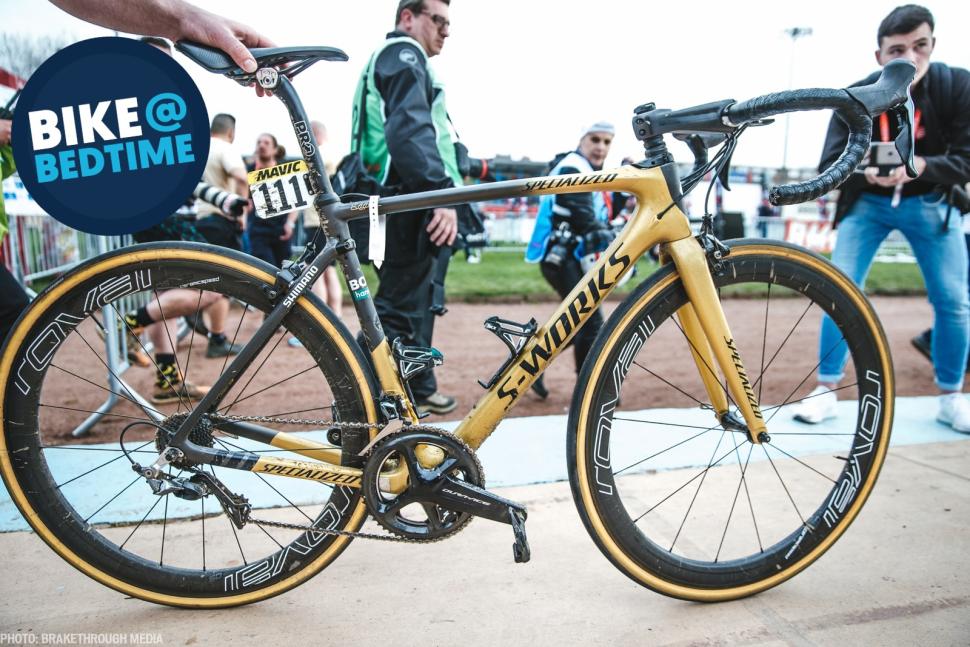 2023 December 19 Bike at Bedtime Sagan 2018 Specialized S-Works Roubaix - 1
2023 December 19 Bike at Bedtime Sagan 2018 Specialized S-Works Roubaix - 1Check out Peter Sagan’s 2018 Specialized S-Works Roubaix
Peter Sagan bade farewell to road racing this year after an incredibly successful career, and we thought we’d mark the occasion by looking back at the Specialized S-Works Roubaix he rode to one of his many, many famous victories: Paris-Roubaix in 2018.
>Is cross-chaining disastrous? Find out what the manufacturers say
Slovakian Sagan will return to his off-road roots next year, aiming to compete in mountain biking at the Paris 2024 Olympics. On the road, he is a three-time world champion and seven-time winner of the points classification in the Tour de France. Yes, seven. He has won stages in all three Grand Tours, including 12 in Le Tour, and has multiple one-day race wins to his name, including two Monuments: the Tour of Flanders in 2016 and Paris-Roubaix in 2018.
Pics: Breakthrough Media
Sagan won Paris-Roubaix after launching an attack 53km (33 miles) out to distance his chief rivals and bridge across to the riders in the lead, then beat AG2R-La Mondiale’s Silvan Dillier to the line in the velodrome.
> All new Roubaix SL8 is the "smoothest" and fastest endurance road bike ever, claims Specialized
The Specialized S-Works Roubaix that Sagan rode to victory that day differed from the version you could buy at the time in that it was equipped with rim brakes rather than disc brakes.
The UCI, cycle sport’s world governing body, began the trial use of disc brakes in the pro peloton in 2015 before finally permitting them permanently from 1st July 2018. The trial was suspended for a bit in between, but Sagan could have used them for the 2018 Paris-Roubaix if he’d wanted. However, he chose not to.
When Specialized introduced the latest version of the Roubaix in 2017, it brought in Future Shock, a spring system in the head tube designed to smooth the ride, for the first time, and the bike was mostly available only with disc brakes.
> Video Just In: Specialized Roubaix Expert — the most interesting new bike of 2017?
However, Specialized produced a team-issue version of its new bike with rim brakes. When we spoke to Specialized about this, it told us that the rim brake version of the bike would meet UCI regulations, allowing it to be raced at Flanders and Roubaix, but that production would be minimal.
Despite big bike manufacturers including Specialized being fully behind disc brakes, not all of the pros were ready for them or, at least, they weren’t prepared to take a risk on unproven technology when there was a lot at stake.
That’s one of the odd things about Paris-Roubaix. On the one hand, it’s the perfect proving ground for new bikes, wheels, tyres and other products, and a victory is the perfect marketing story for any brand. Win on Sunday in Roubaix and sell on the bike shop floor on Monday. If a product can survive this race, it’s probably fine for pootling around the country lanes at a more modest pace.
Over the years, we’ve seen a lot of bike brands pour considerable development into producing innovative products aimed at providing a competitive edge for their pro racers, whether it’s accommodating wider tyres or integrating suspension or flex zones.
On the other hand, it’s a race where a lot of traditional tech has stuck around too. For years, this race served as the last bastion for the traditional aluminium rim, and it’s not so long ago that cyclocross bikes were used because the road bikes wouldn’t take wide tyres.
Sagan used Shimano Dura-Ace direct-mount brake callipers instead of disc brakes, so that meant a new fork and new seatstays had to be designed.
Other than the rim brakes, Peter Sagan’s Roubaix was largely the same as one you could buy in a shop. The one notable exception, however, was that Specialized had developed an adjustable Future Shock which allowed Sagan to lock out the spring for the road sections, and unlock it for the cobbles. If you watched the race, you could see Sagan operating it before hitting a section of pavé. Of course, this tech later became a feature of the Specialized range.
Sagan opted for a mechanical Dura-Ace groupset over electronic shifting too, because he preferred the mechanical shift levers over Di2’s buttons for racing on the cobbles. Most of the peloton did stick with Di2, one of the benefits being the opportunity for additional shift buttons on the inside of the drops or on the tops, but a few other pros, including Fabian Cancellara, also favoured mechanical shifting for riding on pavé.
Sagan's gearing comprised a close ratio of 53/44t chainset and 11-28t cassette. There’s no need for a wider range for a race that’s largely flat. Sagan was using a Specialized dual-sided power meter bolted to a Dura-Ace R9100 chainset. His pedals were a set of Dura-Ace SPD-SLs, which haven’t changed much since then.
Rolling stock comprised the same Roval CLX 50 carbon fibre tubular wheels that Sagan normally raced, proving the toughness and versatility of this wheelset. Specialized also supplied its own Hell of the North tubular tyres, developed for the demands of this race, in a 28mm width. Loads of riders are using tubeless tyres and increased widths these days.
Other details included an aluminium PRO handlebar and carbon fibre Zipp Sprint stem, with the logos taped over. The Pro sponsorship extended to the seatpost as well.
Supacaz bar tape, a K-Edge out-front mount and Wahoo Bolt computer, customised naturally, completed Sagan’s Paris-Roubaix-winning bike.
Mat has been in cycling media since 1996, on titles including BikeRadar, Total Bike, Total Mountain Bike, What Mountain Bike and Mountain Biking UK, and he has been editor of 220 Triathlon and Cycling Plus. Mat has been road.cc technical editor for over a decade, testing bikes, fettling the latest kit, and trying out the most up-to-the-minute clothing. We send him off around the world to get all the news from launches and shows too. He has won his category in Ironman UK 70.3 and finished on the podium in both marathons he has run. Mat is a Cambridge graduate who did a post-grad in magazine journalism, and he is a winner of the Cycling Media Award for Specialist Online Writer. Now over 50, he's riding road and gravel bikes most days for fun and fitness rather than training for competitions.
Latest Comments
- lonpfrb 1 sec ago
Depends if you're a Cosmologist working in light-years or a civilian working in terrestrial units..
- don simon fbpe 5 min 20 sec ago
And? Your neck don't work?
- lonpfrb 11 min 49 sec ago
No, that's very doubtful while proper testing would be fully destructive.
- TheBillder 58 min 29 sec ago
In that £1000 exactly scenario, beginners should probably be made aware that pedals will be extra.
- don simon fbpe 1 hour 26 min ago
What's wrong with dropping down on to the Millenium Bridge, or the swing bridge, then the brief, but satisfying climb back up the hill? #training....
- chrisonabike 2 hours 7 min ago
The relatives might of course disagree, but in general I'd countenance a relatively light sentence* if only we could fix it so that those who...
- ktache 2 hours 46 min ago
Id forgotten that I got a second hand set of project two's for my getting to work bike over twenty years back.
- Veganpotter 3 hours 43 min ago
My bet is that all these tires popping off are from people with bad pressure gauges or they're simply just putting too much air in on purpose. ...
- chrisonabike 4 hours 59 min ago
David9694 - you were right! These new autonomous vehicles really are conspiring to run out of control!...
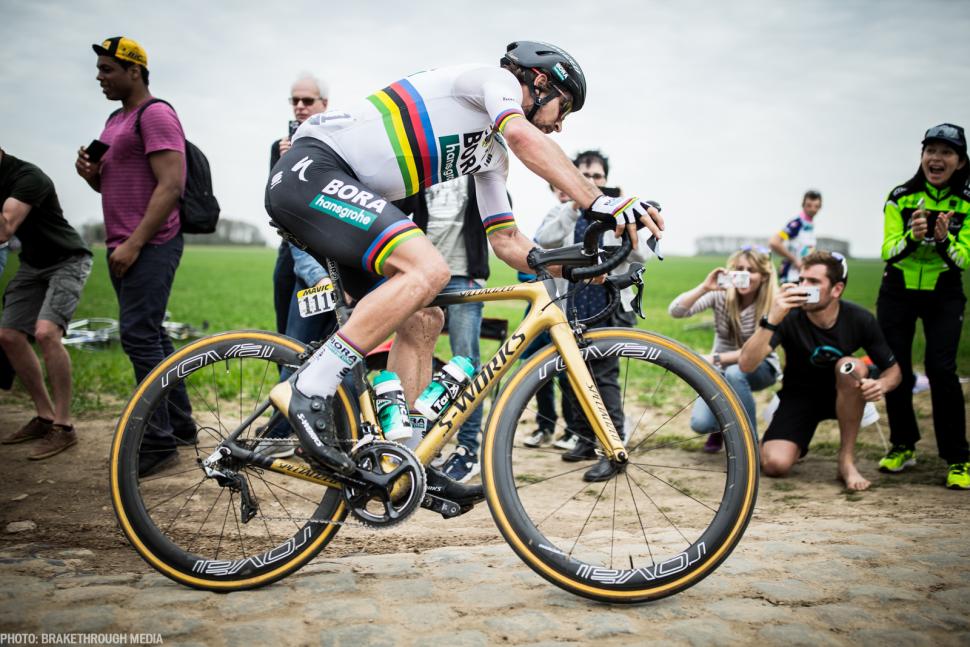
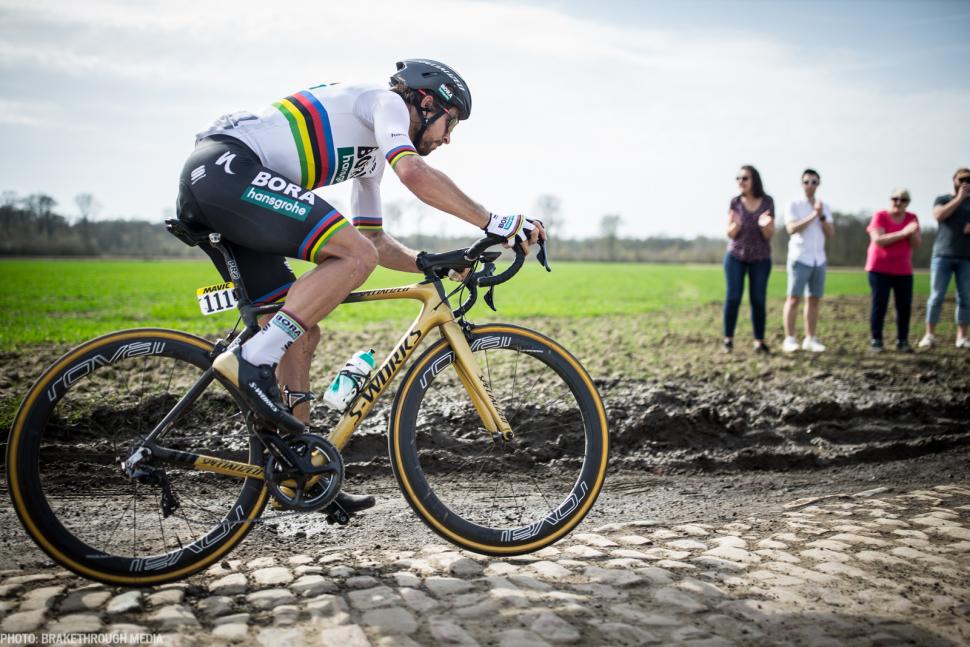
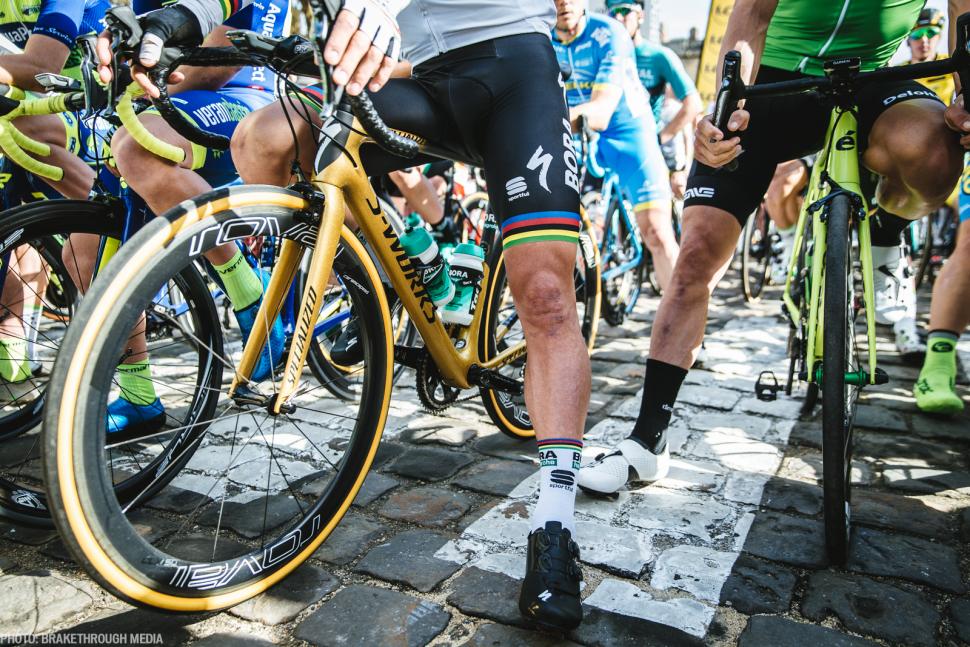
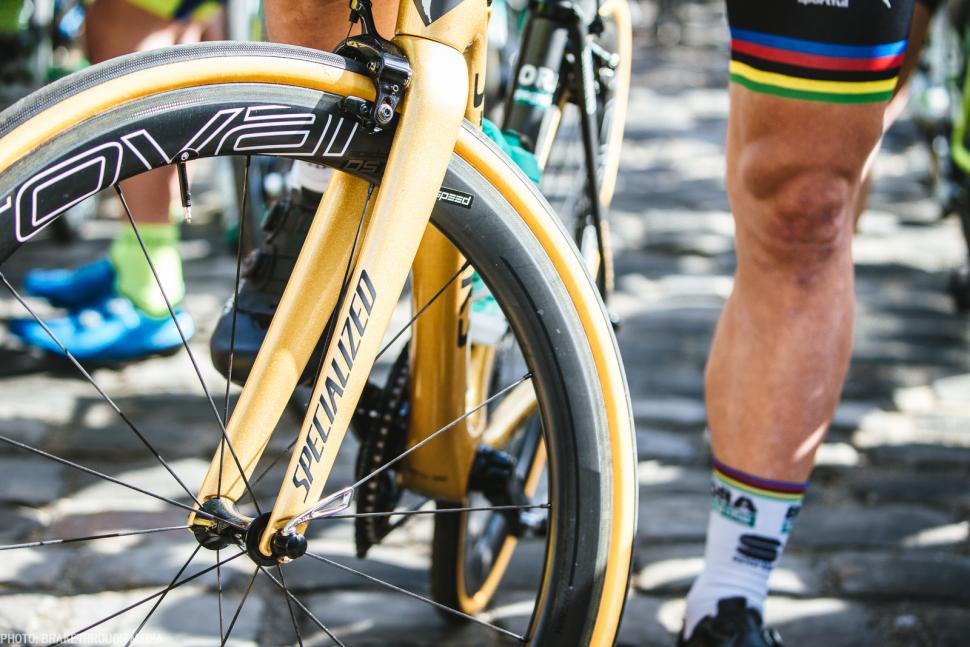

Add new comment
2 comments
the entire article is basically about how his bike did not have disc brakes.
They can't help themselves 😂